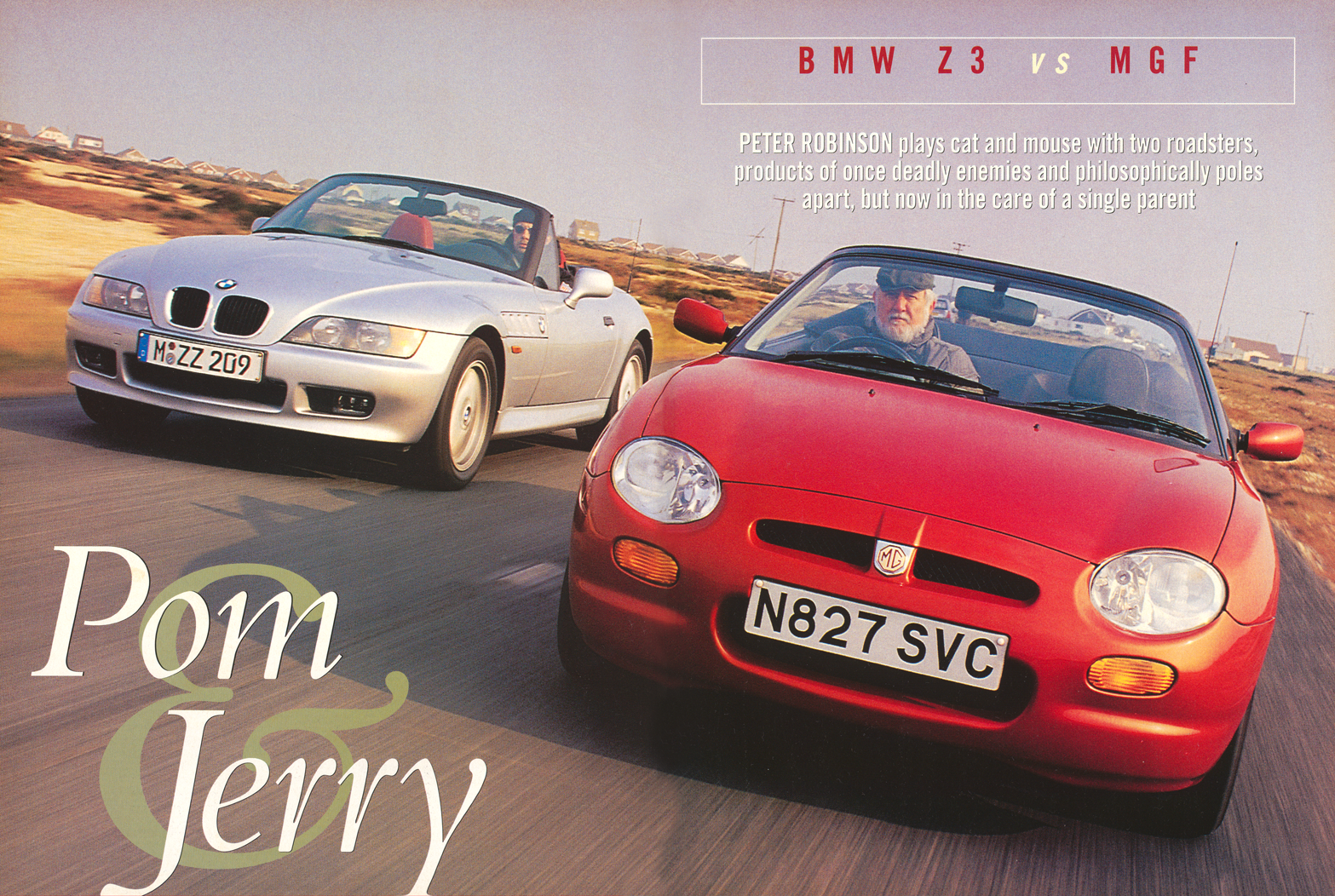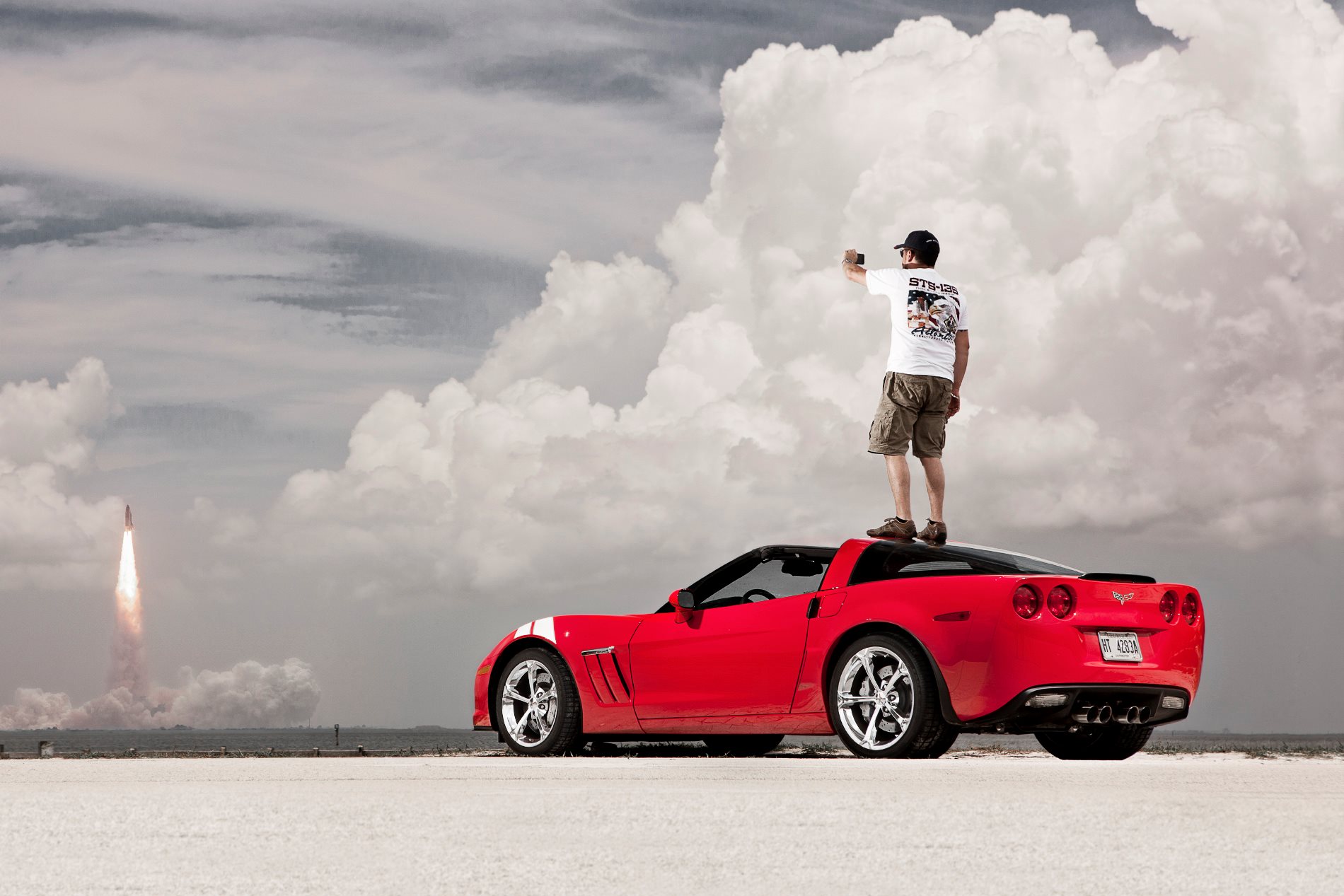Australian-made Alfa-Romeo-in-drag from the decade of excess.
BACK in the extravagant 1980s, Sydney IT recruitment specialist and exotic car enthusiast Paul Halstead spent most days surrounded by Lamborghinis, Ferraris, Porsches and De Tomasos in his fabled car emporium, The Toy Shop.
For a short time, The Toy Shop exported Australian-built 351 Cleveland V8s to Italy and assembled Panteras in Australia. Halstead showcased the De Tomaso product by commissioning Queensland-based former McLaren engineer Barry Lock, constructor of Kaditcha racing cars, to build a ground-effect Pantera for GT racing.
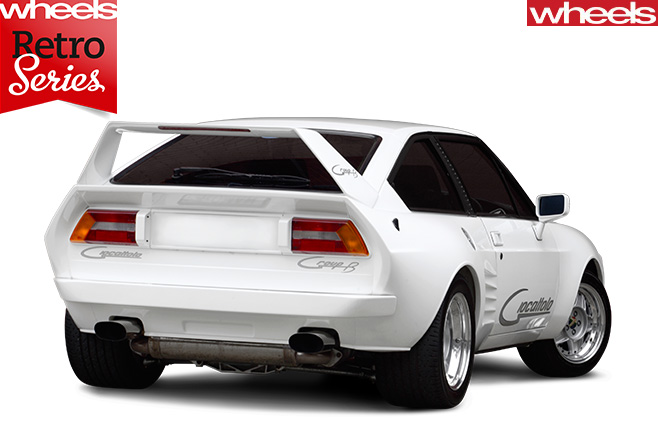
However, all these elements would combine in 1986 to create the Giocattolo, an affordable and uniquely Australian supercar.
Halstead similarly chose the Sprint liftback and Alfa’s 2.5 V6, for which Lock engineered a whole new rear subframe and reinforced body. Kevlar and carbonfibre, still super-exotic in 1986, were used in the structure and body panels.
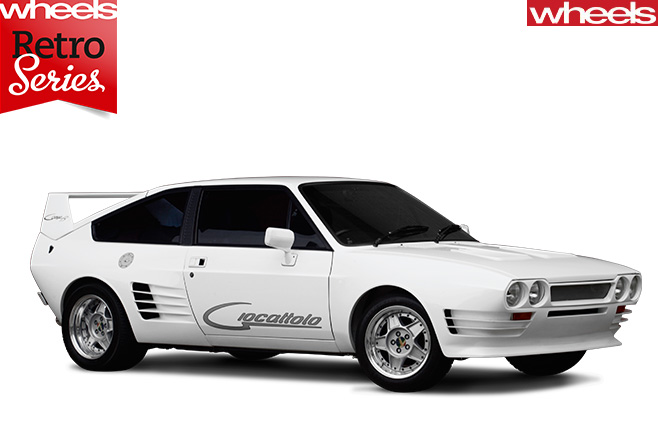
Group A V8 engine. The Aussie V8 was cheaper and, with a claimed 220kW (versus Walkinshaw’s official 180kW), a lot more powerful. According to Lock, Holden threw open its engine test labs and Lang Lang proving ground.
By the time production began, the Giocattolo’s retail price had crept up to $90,000. Despite a luxury interior, kerb weight remained at a racecar-like 1085kg.
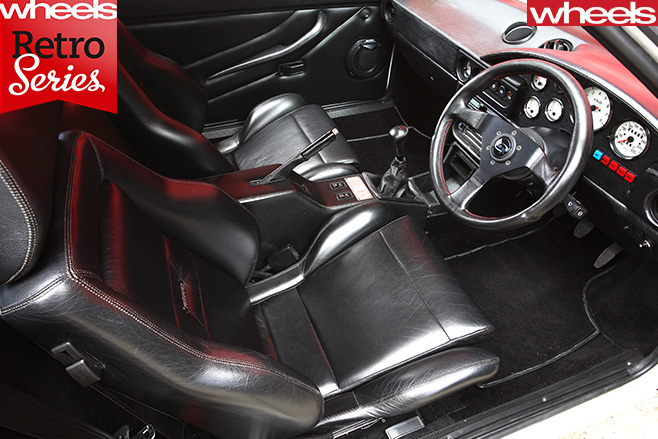
Italy and Australia, however, seemed to be jointly conspiring against the project. Alfa Romeo Australia would not, or could not, sell bare shells; Giocattolo Motori had to strip new, complete Sprints and sell the unused parts second-hand. Compliance proved problematic in some states. And import duties made the German ZF transaxle spectacularly expensive.
Giocattolo Motori had built three prototypes and 12 production cars when its doors closed in 1989.
Alfa parts
The Alfa Sprint’s front suspension remained largely standard via MacPherson struts, with front brakes from a GTV6. The custom rear subframe incorporates double-wishbones and dual coil-over dampers, with inboard Brembo discs. Wheels were 16-inch Simmons composites. The use of Kevlar and carbonfibre kept kerb weight to just 1085kg.
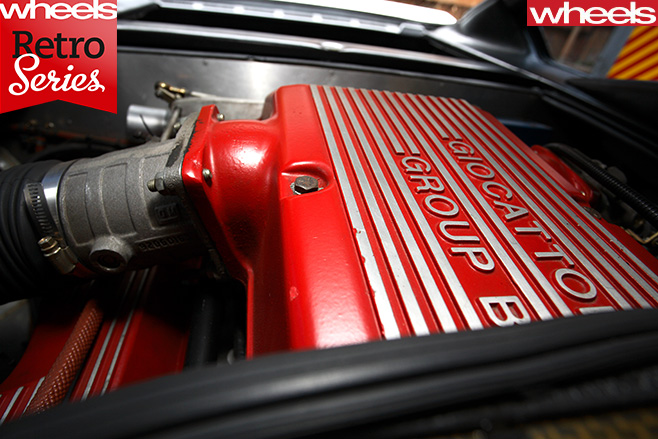
Holden’s 5.0-litre fuel-injected V8 required some reconfiguring of its individual throttle bodies, and the engine compartment itself, to make it fit. HSV VL ‘Walkinshaw’ Group A brochures claimed 180kW/380Nm, though Giocattolos were said to make 220kW/500Nm. Halstead’s Pantera experience steered him towards the five-speed ZF transaxle; there was no local, or cheaper, alternative.
Premium position
Giocattolo’s interior reflected not only the enforced high price ($90,000 – BMW M535i money) but an eye on Euro-coupe rivals. The two occupants enjoyed top-notch Recaro seats, full leather upholstery, a bespoke instrument panel and premium sound system. An upholstered hatch covered the engine, behind which was a decent boot. The front compartment was taken up with radiators for cooling.
Fast and Factual
Expecting twins
Paul Halstead has recently designed a mid-engined W16 supercar, powered by conjoined Chevrolet LS1 7.0-litre V8s. Yep, really
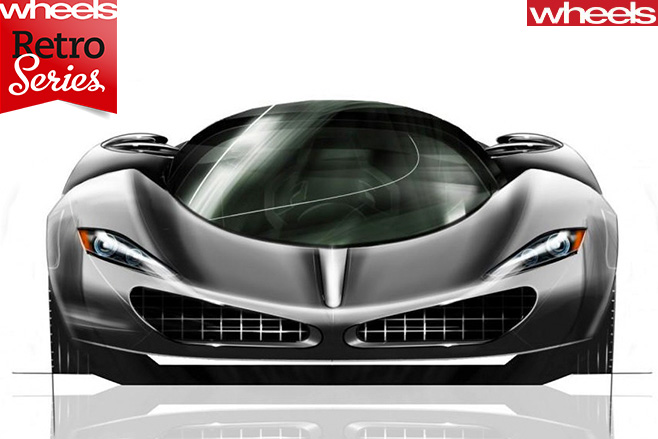
Qld Police evaluated the Giocattolo as a pursuit car, but baulked at its demanding handling (preferring live-axle Commodores…)

The toolkit betrayed the car’s banana-bender roots, containing a minibar-sized bottle of Bundaberg Rum and two shot glasses
Say that again
Giocattolo (juh-cattle-oh) is Italian for “toy”. Never mind that many Aussies ended up calling it “chook lotto”
Ground-breaking
Designer Barry Lock’s CV already included Australia’s first ground-effect sports car, the title-winning Cosworth-powered Kaditcha K583 (1983), aka Romano WE84
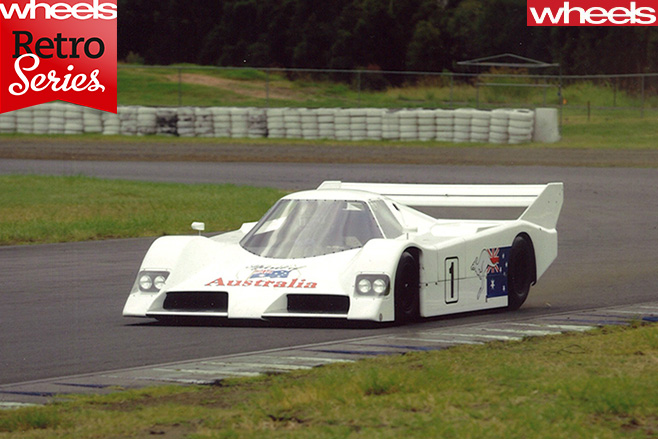
Don’t have a MagShop account?

Have a MagShop account?




